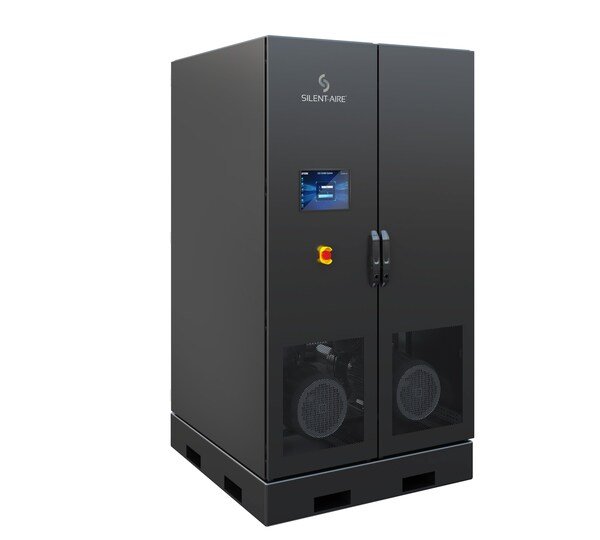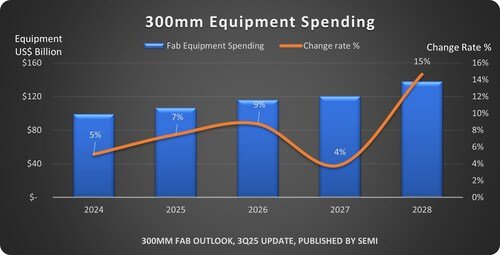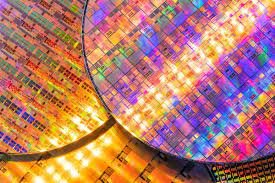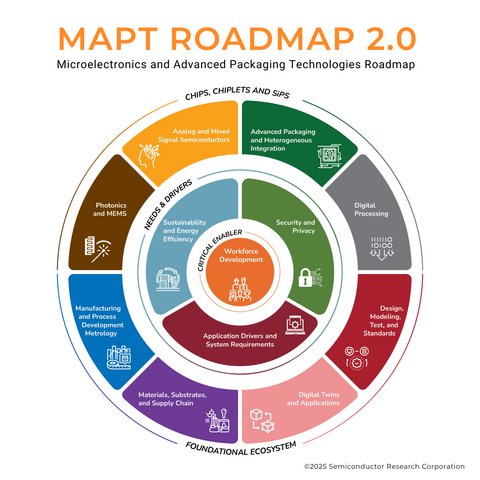AI Boom Reshapes Global Tech and Semiconductor Supply Chains
AI Boom Reshapes Global Tech and Semiconductor Supply Chains
Semiconductor and electronics supply chains are undergoing a major transformation, driven by the rapid growth of artificial intelligence (AI), changing market leadership, and global supply chain relocation, according to DIGITIMES.
DIGITIMES vice president Eric Huang highlighted the shift in global industry power before and after the generative AI boom. In 2018, five technology companies ranked among the world's top ten by market capitalization. By mid-2025, nine of the top ten are technology firms. These firms all involve semiconductor, including semiconductor leaders Nvidia, Broadcom, and TSMC(2330.TW), and tech giants Apple, Microsoft, Amazon, Alphabet, Meta, and Tesla, which integrate both software and hardware, and design their own chips.
Huang pointed to Taiwan and China's changing roles in contract manufacturing. In 2018, Taiwanese firms accounted for 78% of revenue among top original design manufacturers (ODMs) and electronics manufacturing services (EMS) companies, while China's share stood at 6.4%. By 2024, Taiwan's share fell to 65% as Chinese suppliers expanded to 22%, fueled by consumer electronics orders. In early 2025, however, Taiwan's share rebounded to 70%, driven by rising demand for AI servers from hyperscalers and Nvidia.
In the semiconductor sector, fabless companies have gained ground. Nvidia's chip revenue reached US$72 billion in 2024, giving it a 12% global share. TSMC remains the largest semiconductor company by revenue, with a 55% share in the global foundry market. Chinese foundries such as SMIC and Huahong are growing, with compound annual growth rates (CAGR) of 17.6% and 12.3% respectively, though they remain behind in advanced logic processes.
Huang described three "battlefields" shaping the technology landscape: supply chain relocation under the US-China rivalry, cloud and AI infrastructure, and edge AI. The first reflects a division of production capacity along geopolitical lines. Many firms have adopted "China+1" strategies, relocating assembly to Vietnam, India, and Mexico.
The second battlefield is the cloud. Nvidia's GPUs have overtaken Intel's Xeon CPUs and AMD's processors as the dominant platform for AI workloads. DIGITIMES forecasts AI servers will account for 12% of global server shipments this year, with high-end AI systems growing 44% annually to 1 million units. TSMC's AI accelerator chip revenue is expected to grow at a 45% annual rate through 2029, reaching US$86.5 billion.
The third battlefield, edge AI, is expanding into devices such as PCs, AI workstations, smartphones, smart appliances, and industrial equipment. Huang predicted Chinese manufacturers will dominate consumer electronics-based edge AI, while Taiwanese suppliers will focus on data security and enterprise-oriented devices, such as computing and network devices.
















